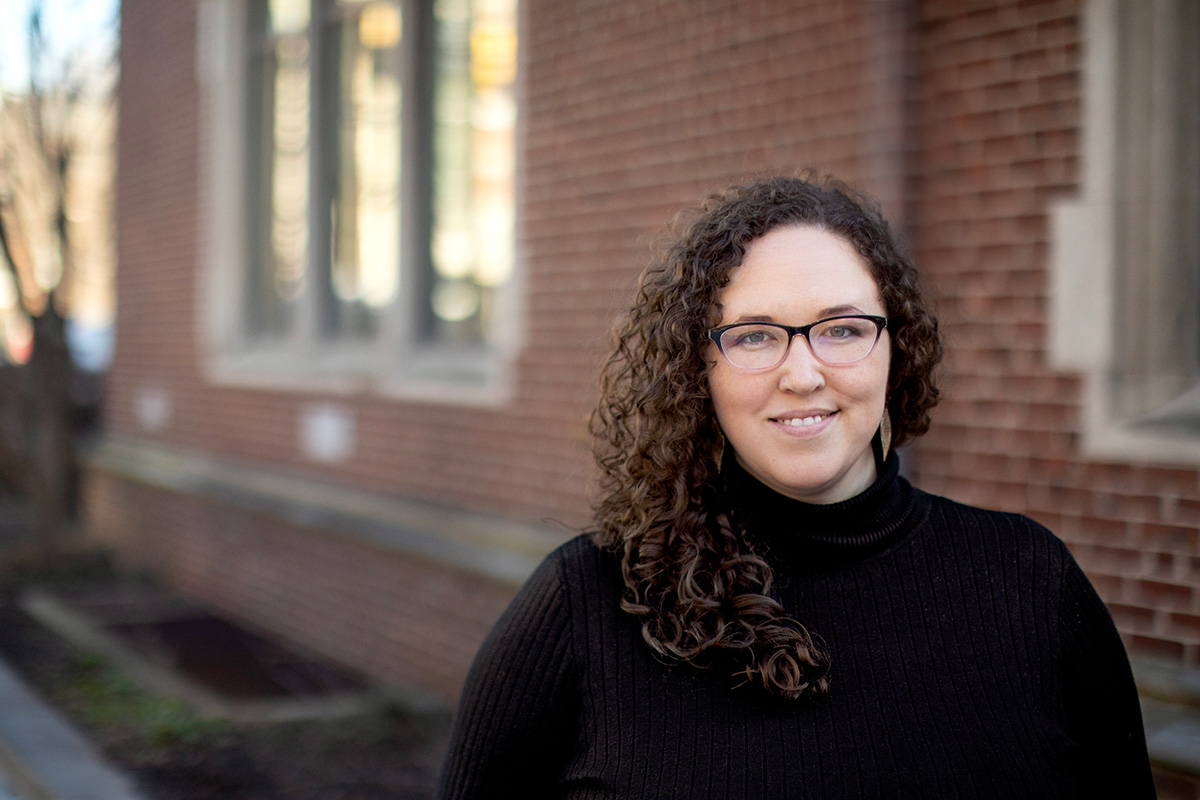This spring, lecturer and associate director for graduate studies in the School of Arts & Sciences’ Department of English Meghan Hall is teaching a course called Intro to Chick Lit. Hall’s background is in 16th- and 17th-century English literature, race, and gender studies. The class takes a broad view of the genre, beginning with precursors like Jane Austen and ending with newer work that both critiques and upholds parts of the genre.
“‘Chick lit’” was a name given to fiction that emerged and thrived from roughly the 1990s to the early 2000s, originally in Britain and the U.S.,” Hall says. “These were books written mainly by women and marketed to young women in their 20s and 30s. The protagonists were similarly young, kind of plucky, often imperfect or a bit awkward, almost always living in a city or an urban environment and seeking fulfillment, whether through a romantic connection or professional development or finding meaning in their lives. Think “Sex and the City,” think “Bridget Jones’s Diary.”
Hall addresses the question of whether the literary genre is trivial or shallow, or, even more, feminist or anti-feminist.
“Those who have called chick lit trivial for depicting the shallow parts of women’s lives think it reflects poorly on women writers and on women themselves, that it’s perpetuating stereotypes,” she says. “Whether or not these texts are feminist is a primary question of the course. Sometimes we land on yes and sometimes we land on no. But the question is only useful up to a point. Judging chick lit as problematic, anti-feminist, fluffy, in its themes and portrayals of women has led to it being dismissed as worthy of study.”
“If we set aside the value judgment, these works have both literary merit and cultural import. They hold a mirror up to contemporary society and try to imagine alternate ways of being and belonging. So, I think that by thinking with the text and thinking with the films, we see that these works are much deeper than we might initially believe.”
This story is by Jane Carroll. Read more at OMNIA.








